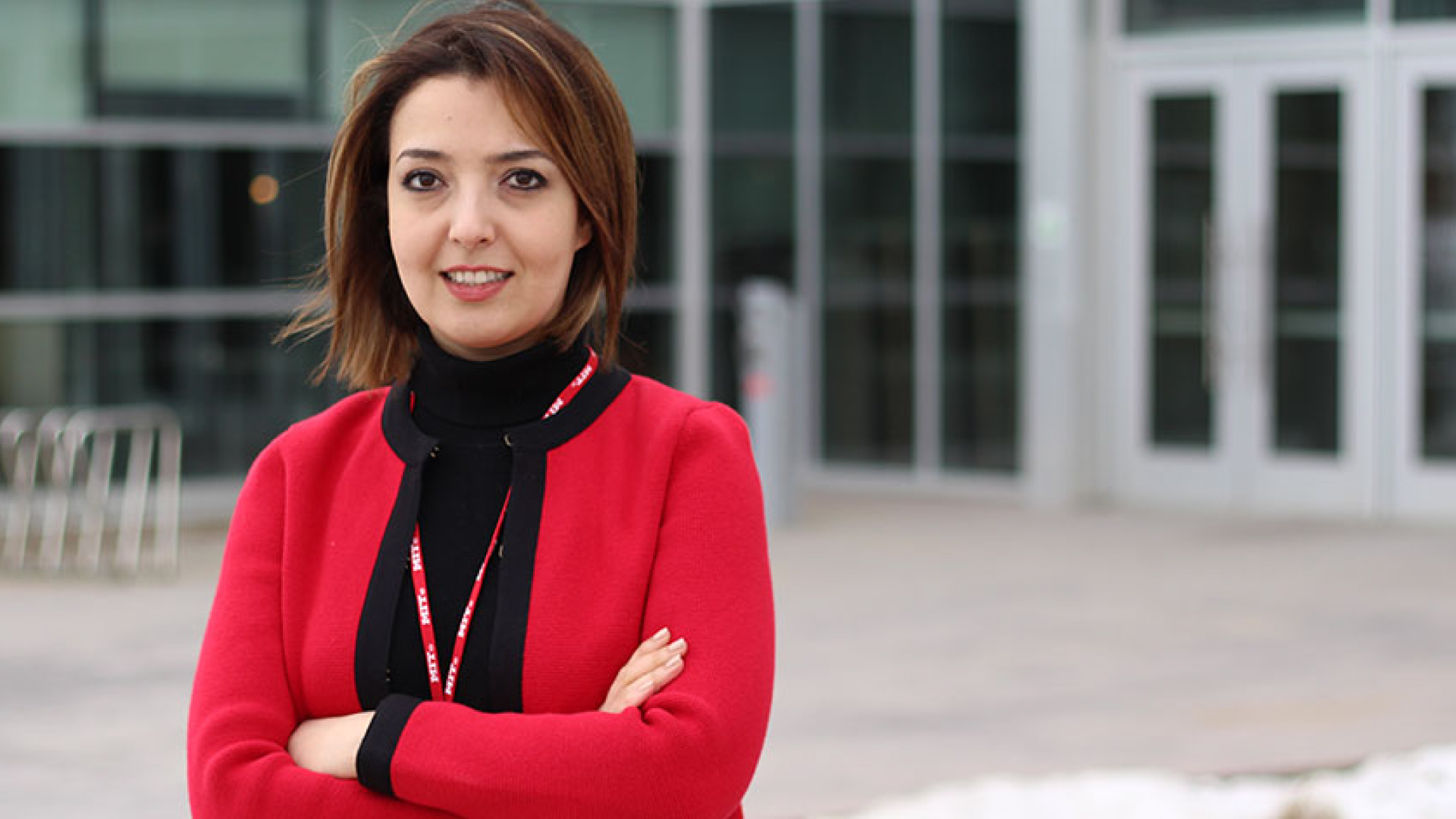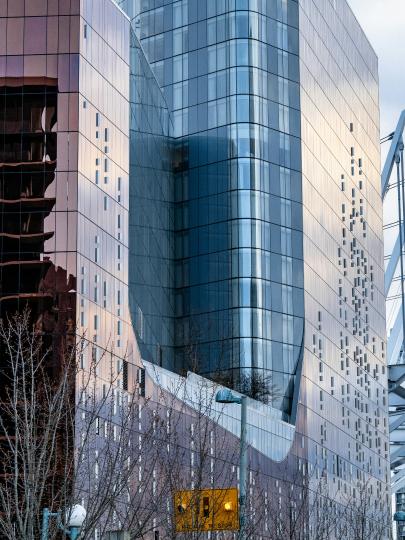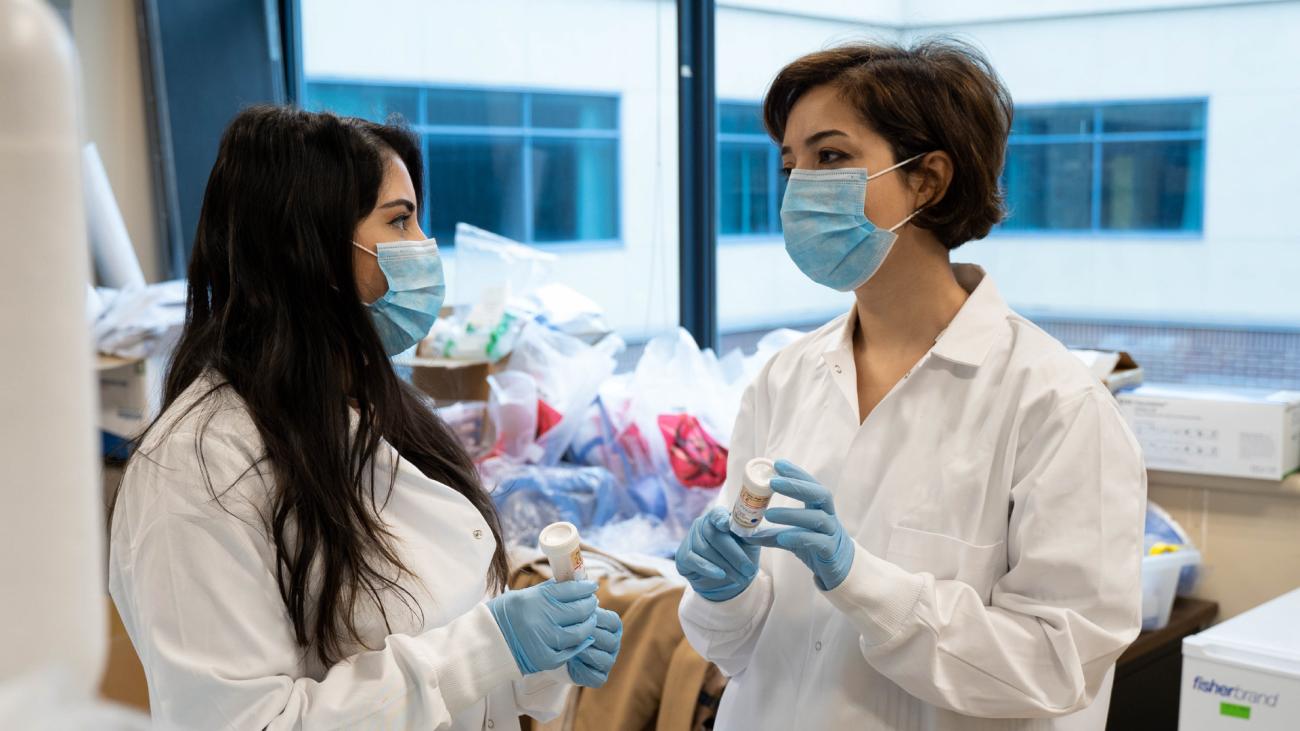Microbes, pathogens and the built environment
Sepideh Pakpour investigates how microorganisms in the built environment interact with the human microbiome, to inform new ways of designing the spaces we live in.
Pathogenic microbes have long been associated with infectious disease, and recent research indicates they may also be complicit in diseases thought to be non-communicable, like heart disease and diabetes. Engineers and architects are beginning to look at the built environment and how it can be designed to mitigate the proliferation of harmful microbes in our homes and offices.
The human microbiome – that collection of tens of trillions of microbes that lives on the inside and outside of the body – is made up of bacteria, fungi, protozoa and viruses that we pick up over a lifetime. It’s influenced by our genetic ancestry, our lifestyle and by the people we come in contact with. It’s also made up of the microbial contents of the buildings we live in.
Buildings house trillions of microorganisms, And, since we humans spend 90 per cent of our time indoors, it’s likely we absorb them into our own microbiome.
Sepideh Pakpour, assistant professor of engineering, is conducting research that hopes to inform new ways of designing the spaces we live in to take this relationship into account. Her lab at UBC, the Pakpour Lab, investigates how microorganisms in the built environment interact with the human biome and with each other.
“We aren’t alone in our spaces,” she says. “We share them with trillions of bacteria, fungi, viruses and insects. We don’t know how the indoor environment affects us. We assume it does, but we haven’t translated the data adequately so far. The concept of the indoor microbiome and the likelihood of its impact on humans is a relatively new branch of science.”
The main difficulty in assessing this impact is the complexity of the habitat and the wide variations of temperature, humidity, light, airflow, and other factors that define our indoor spaces. Most bacteria, for instance, are generated by humans and pets, while most fungi comes from outside sources. Toxins from molds can come from inside or outside, while viral sources, such as those implicated in Covid 19, can generate from all three. As well, studies have shown that the diversity of these organisms differ in buildings that are ventilated from outside and those that are ventilated internally.

The Sick Building Syndrome (SBS) has become a well-understood phenomenon. Buildings that are hermetically sealed with air filtered and recirculated from within the structure have been shown to harbour harmful particles of both microbial and inert composition. Some of the nano-particles floating around in our homes come from industrial sources: off-gassing from building materials such as furniture and carpeting; dust created by those same materials; and particles from countless exterior sources – such as bits of rubber from auto tires, pollution from industry, plant.
These substances, too, are responsible for generating health issues in humans, and are of concern to engineers and architects intent on improving the health of our built environment. But it’s the microorganisms that concern Pakpour and her colleagues.
It’s thought that an adult’s microbiome probably isn’t much affected by bacteria and fungi indoors, but is most definitely impacted by viral organisms. It’s also thought that microorganisms indoors have a much greater impact on children, since their microbiome is still in the formative stage. But, since the field is in its infancy, these assumptions have yet to be proved by scientific studies.
“We need to find out how much of the airborne microorganisms, and those on surfaces, actually get passed on to the individual,” says Pakpour. “This is the data we are currently trying to gather.”
Another area of investigation is the effect of light on microorganisms. The Pakpour Lab conducted an experiment with a window manufacturer to develop a “smart” window that can adapt the light spectrum to let in more blue light, which seems to have a negative impact on infectious bacteria. Pakpour has also learned that the presence of blinds on windows provides a great environment for the proliferation of infectious bacteria
Air flow is also under investigation. Ventilation systems that recirculate and filter air were meant to increase the energy efficiency of buildings, but as studies into the SBS problem showed, these systems encouraged extremely unhealthy indoor conditions.
Fresh air, it seems, is one of the keys to a healthy built environment, something known anecdotally for a long time. Florence Nightingale, quoted in 1850, said, “A hospital unit with an open window is a healthy hospital unit.”
Pakpour also cautions against the use of cleaning products that claim to kill bacteria and viruses, because they also kill beneficial organisms that may be important to human health. “After I finished my PhD studies, I got rid of all those cleaning products,” she says. “Now, I just use vinegar!”
Ultimately, ventilation, light, and the use of safe building materials may hold the key to establishing a healthy microbiome in our built environment. How those materials are developed, produced, and installed will be guided by the work of the Pakpour Lab.
Much research has yet to be done on how our built environments impact our health, and how we can mitigate that impact. Until then, it might be wise to follow Florence Nightingale’s suggestion: open the windows and let in the light!
During her time as a postdoctoral fellow at the Harvard T.H. Chan School of Public Health, Prof Pakpour contributed to the production of “9 Foundations of a Healthy Building,” which outlines the key elements necessary for ensuring healthy indoor environments.






























